
The National Center for Education #Statistics is the primary federal entity for collecting & analyzing #education-related data in the U.S. RTs ≠ endorsements.
We steer clear of curricula generally, mainly because curricula is a “crowded space” (i.e. no shortage of opinions, and even passions) except those programs that prepare the next generation for a skill set to support secondary enterprises such as skilled trades, building construction management, coding the internet of everything.
Classification of Instructional Programs
Introduction to the Classification of Instructional Programs: 2010 Edition (CIP-2010)
APPA: Survey raw responses: space increasing or decreasing
Related:
It has been 20 years since we began following educational facilities construction activity. Starting this month we will examine federal government data together with the best available data about space utilization to enlighten our response to the perfectly reasonable question: “Are we over-building or under-building or building ineffectively”. Use the login credentials at the upper right of our home page.
United States: Schools of Architecture
The Society for College and University Planning (Ann Arbor, Michigan)
National Center for Education Statistics
The Financial Impact of Architectural Design: Balancing Aesthetics and Budget in Modern Construction
Homeschooling
2022 International Existing Building Code




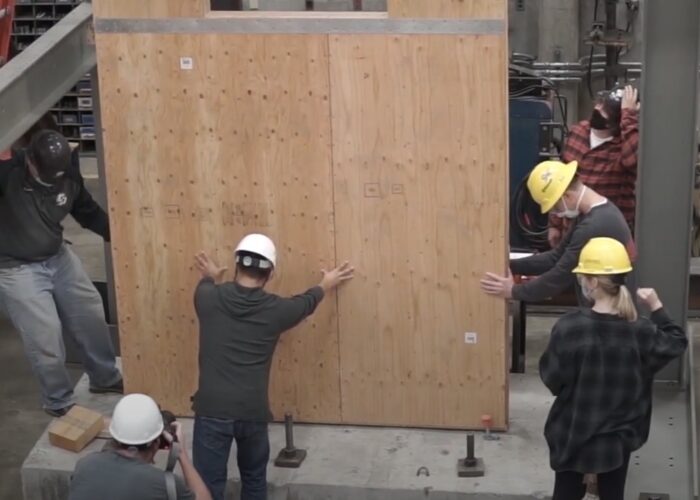
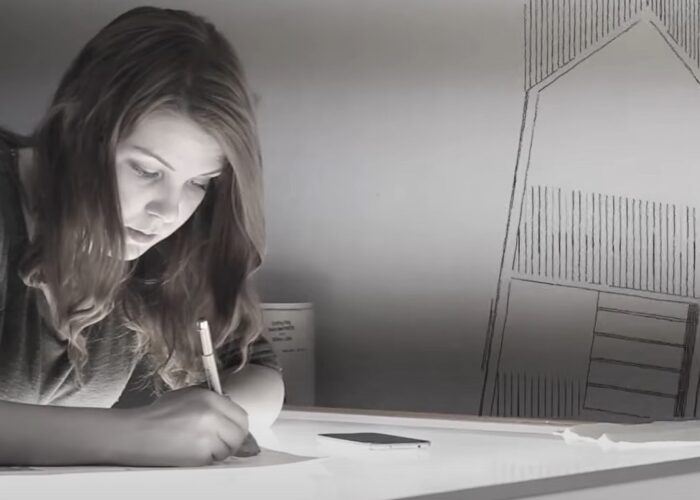

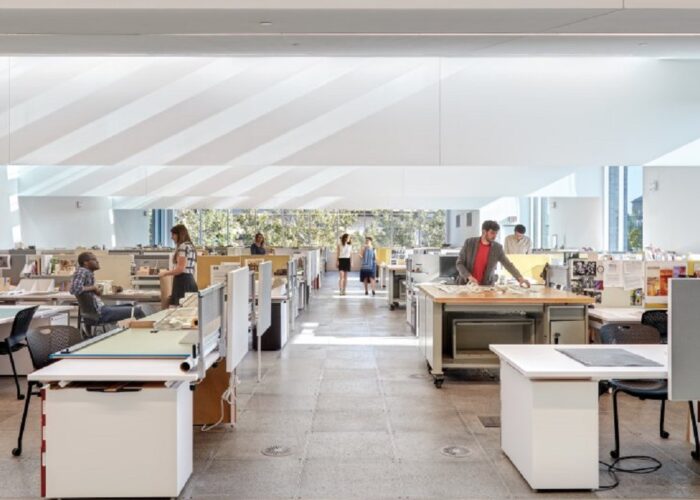
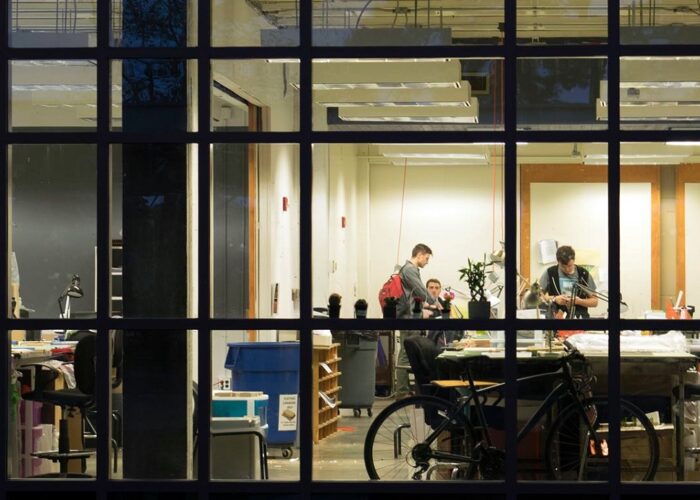
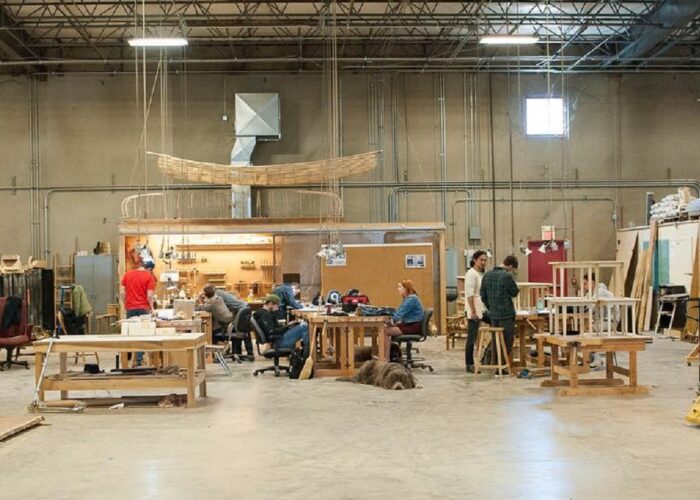
As reported by the US Department of Commerce Census Bureau the value of construction put in place by May 2025 by the US education industry proceeded at a seasonally adjusted annual rate of $135.970 billion. This number does not include renovation for projects under 50,000 square feet and new construction in university-affiliated health care delivery enterprises. Reports are released two months after calendar month. The complete report is available at the link below:
MONTHLY CONSTRUCTION SPENDING June 2025 (released two months after calendar month)
EVIDENTLY THE FEDERAL GOVERNMENT SHUTDOWN HAS DELAYED RELEASE OF THIS MONTH’S REPORT
Total construction activity for June 2025 ($2,136.2 billion) was 0.4 percent below the revised May 2025 estimate ($2,143.9 billion).
Learn more: https://t.co/ljpaYyKjuX#CensusEconData pic.twitter.com/TS6ewzZhc4
— U.S. Census Bureau (@uscensusbureau) August 1, 2025
This spend makes the US education facilities industry (which includes colleges, universities, technical/vocational and K-12 schools, most university-affiliated medical research and healthcare delivery enterprises, etc.) the largest non-residential building construction market in the United States after commercial property; and fairly close. For perspective consider total public + private construction ranked according to the tabulation most recently released:
$136.9590 billion| Education Facilities
$156.919 billion | Power
$68.968 billion | Healthcare
Keep in mind that inflation figures into the elevated dollar figures. Overall — including construction, energy, custodial services, furnishings, security. etc., — the non-instructional spend plus the construction spend of the US education facilities is running at a rate of about $300 – $500 billion per year.
LIVE: A selection of construction cameras at US schools, colleges and universities
![]()
We typically pick through the new data set; looking for clues relevant to real asset spend decisions. Finally, we encourage the education facilities industry to contribute to the accuracy of these monthly reports by responding the US Census Bureau’s data gathering contractors.
As surely as people are born, grow wealthy and die with extra cash,
there will be a home for that cash to sustain their memory and to steer
the cultural heritage of the next generation in beautiful settings.
More
National Center for Educational Statistics
AIA: Billings Index shows but remains strong May 2022
National Center for Education Statistics
Sightlines: Capital Investment College Facilities
OxBlue: Time-Lapse Construction Cameras for Education
US Census Bureau Form F-33 Survey of School System Finances
Global Consistency in Presenting Construction & Life Cycle Costs
“Being an artist means not numbering and counting, but ripening like a tree, which doesn’t force its sap, and stands confidently in the storms of spring, not afraid that afterward summer may not come. It does come. But it comes only to those who are patient, who are there as if eternity lay before them, so unconcernedly silent and vast.”
Deutsches Institut für Normung
Nebraska Building Code: Agricultural Buildings
Some days we’re not covered in grease and dirt pic.twitter.com/68lTElyUmk
— Lily Ziehmer (@LivinLikeLil) August 11, 2024
“It’s a fine line between Saturday night
and Sunday morning” – Jimmy Buffett
“Rather a bottle in front of me
than a frontal lobotomy” — Some guy
Many people are surprised to learn what counts as a “drink”. The amount of liquid in your glass, can, or bottle does not necessarily match up to how much alcohol is actually in your drink. Even before the United States federal government withdrew from regulating alcohol, the conversation, and degree of agreement and attitude, remains remarkably regionally specific:
Missouri University of Science & Technology: What is a Standard Drink?
University of South Alabama: What is a Standard Drink?
Stanford University Office of Alcohol Policy and Education
Other nations serve alcohol to students on campus in university owned facilities.
I didn’t know that🤔 pic.twitter.com/rMT3X2fCN0
— Alix (@AlixG_2) August 17, 2024
— Dr. Maya C. Popa (@MayaCPopa) May 26, 2023
Casual reminder that Wisconsin has more bars than grocery stores pic.twitter.com/dG8YYRkoKd
— Midwest vs. Everybody (@midwestern_ope) March 30, 2025
University of George Financial Report 2022 | $2.1B
If you find yourself eating a pecan pie tomorrow, odds are it was grown in Georgia! pic.twitter.com/0FiKTlCAQi
— UGA (@universityofga) November 24, 2021
University of Georgia: Cranberry Pecan Pie
The popularity of Georgia pecan pie can be attributed to several factors:
Grapevine-Colleyville Intermediate School District | 2024-2025 Operating Budget $172 million
Last night, we celebrated the graduation of the 2nd class of Leadership GCISD! This incredible group of community members got a behind the scenes look at what makes GCISD thrive, and finished their semester-long program learning more from Finance, Human Resources and Technology. pic.twitter.com/CuMt95cZBm
— Grapevine-Colleyville ISD (@GCISD) April 23, 2025
What a sweet way to celebrate learning! About 40 Silver Lake students were honored with medals and treated to Kona Ice for reading at least 2,100 minutes this school year as part of their campuswide reading challenge. Nice job! pic.twitter.com/kkg7sDt7y5
— Grapevine-Colleyville ISD (@GCISD) May 15, 2025
“Popular culture has become engorged, broadening and thickening
until it’s the only culture anyone notices.”
P. J. O’Rourke
🚨 This weekend is your last chance to apply to up to five @SUNY campuses, including #UBuffalo, for FREE! 🚨 Free App Weeks end Nov. 3!
Learn more and apply today! ▶️ https://t.co/WgDAavvpGI#FreeAppWeek pic.twitter.com/TRkdLpbWs6
— UBuffalo (@UBuffalo) October 31, 2025
Administrative Services Gateway: University Facilities
“I Made The Witches’ Brew from Macbeth, and Things Got Weird”
While there isn’t a universally standardized pizza that everyone agrees upon, certain types of pizza have become iconic and widely recognized. Some of these include:
Margherita Pizza: This classic pizza features tomato sauce, fresh mozzarella cheese, fresh basil, and a drizzle of olive oil. It’s named after Queen Margherita of Italy.
Pepperoni Pizza: Topped with tomato sauce, mozzarella cheese, and slices of pepperoni (a cured pork and beef sausage).
Margarita Pizza: Similar to the Margherita, but without the basil. It typically has tomato sauce, fresh mozzarella, and sometimes a drizzle of olive oil.
Neapolitan Pizza: This style originated in Naples, Italy. It has a thin, soft, and chewy crust with simple and fresh ingredients like San Marzano tomatoes, mozzarella, fresh basil, and olive oil.
New York Style Pizza: Characterized by its large, foldable slices with a thin and flexible crust. It’s often topped with tomato sauce and mozzarella cheese.
Chicago Deep-Dish Pizza: Known for its thick crust, this pizza has layers of cheese, toppings, and tomato sauce. It’s baked in a deep pan, resulting in a substantial and hearty pizza.
Sicilian Pizza: Square-shaped and thick-crusted, Sicilian pizza is often topped with tomato sauce, mozzarella, and various toppings.
California Pizza: Often associated with innovative and non-traditional toppings, California-style pizza might include ingredients like barbecue chicken, goat cheese, arugula, and more.
Different regions and cultures have their own interpretations and variations, so what’s considered a “standard” pizza can vary widely depending on personal preferences and local traditions.
Next week, @kipras_r and I will be at Como – Optical Probes 2023 conference to try some authentic Italian pizza. If you'd like to meet up, drop me a message or simply catch us at the conference! See you there! #OpticalProbes2023 #femtoinfluencer @light_con pic.twitter.com/7vdMCFaOfN
— Greta Bučytė (@GretaBucyte) September 5, 2023
New update alert! The 2022 update to the Trademark Assignment Dataset is now available online. Find 1.29 million trademark assignments, involving 2.28 million unique trademark properties issued by the USPTO between March 1952 and January 2023: https://t.co/njrDAbSpwB pic.twitter.com/GkAXrHoQ9T
— USPTO (@uspto) July 13, 2023
Standards Michigan Group, LLC
2723 South State Street | Suite 150
Ann Arbor, MI 48104 USA
888-746-3670
